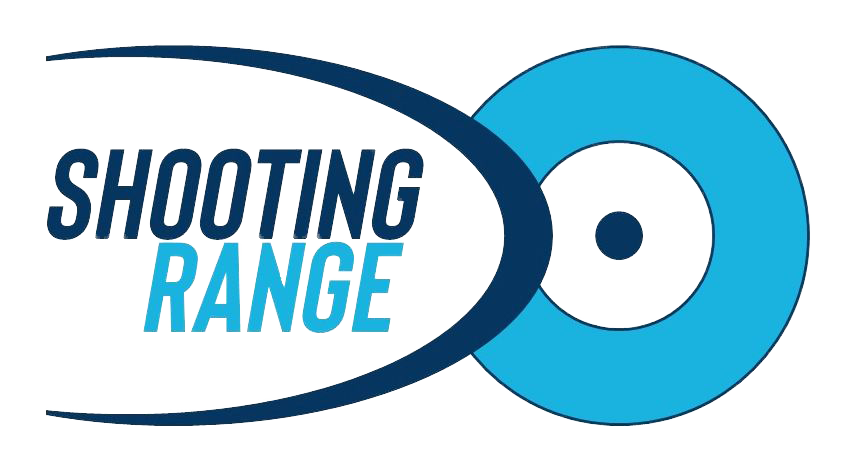Shooting Range Rules at Shooting Stuff
The only alternative to strict range discipline is an accident. To ensure that all shooting exercises take place in a controlled and safe manner, Shooting Range at Shooting Stuff operates under safety rules and regulations that are adapted from the International Practical Shooting Confederation, IPSC.
1) The Range Officer (RO) has complete authority on the range; you must listen to and obey the RO’s instructions.
2) When you enter the range, your firearms shall remain untouched in the holster, or in the bag, until the Range Officer instructs you otherwise.
3) Carry guns should only be unloaded within the Shooting Range, with the muzzle pointing in a safe direction, and only upon the command of the Range Officer.
4) Never play with a firearm on the range, nor in the shop, nor may firearms be passed around for inspection without the direct supervision of the Range Officer.
5) A firearm is only unholstered or unbagged on the firing line, and only under command from the Range Officer.
6) Hearing protection and eye protection shall be worn during shooting by all persons on the Shooting Range and should preferably be always worn within the Shooting Range.
7) While moving, a pistol's safety catch should be engaged (a revolver's hammer shall be lowered) and the shooter’s finger shall be outside the trigger guard.
8) While reloading, the shooter’s finger shall be outside the trigger guard.
9) When the shooter is not on the firing line all unbagged firearms shall be holstered or placed unloaded on the table provided with their action locked open and the muzzle pointing in a safe direction (toward the targets).
10) Non-shooters will take up a position behind the Range Officer.
11) Smoking, naked flames and ignition sources are prohibited on the Shooting Range.
12) Tracer or incendiary ammunition is prohibited on the Shooting Range.
13) No liquor or persons that have consumed alcoholic beverages or are under the influence of any drug shall be allowed on the Shooting Range.
14) The Range Officer may declare any firearm, holster, equipment, or person unsafe and ban them from the Shooting Range pending remedial action.
15) Any person who is found guilty of unsafe gun handling can be disqualified and/or asked to leave the range pending remedial action. Examples of unsafe gun handling include:
a. Dropping the firearm at any time,
b. Pointing the firearm in any direction that is unsafe or at any person,
c. Firing of an unintentional shot,
d. Reloading or moving with a finger on the trigger, and
e. Handling a firearm at any stage without direct permission of the Range Officer.
All shooters will familiarize themselves with these rules and accept that ignorance is no excuse.
IF IN DOUBT, ASK!
Safety
There is no safety device on any firearm that is totally effective. "Safety First" is a factor that must always be on a person's mind. A handgun is very compact, yet it disposes of considerable power. If that power is not intelligently controlled, it can become a destructive force to unintended objects or people.
A firearm is dangerous in inept hands and is an instrument to be treated with respect. Be careless with a firearm and you may get shot, or worse, shoot someone you love. This must not, however, frighten us away from firearms.
The 5 Golden Rules
There are some rules which apply to the handling of firearms and which will enable you to handle your firearms correctly, with precision, with style and indeed with safety.
1. Never let a firearm point at anything you are not willing to see destroyed.
2. All firearms must be treated as loaded firearms.
3. Keep your finger off the trigger if you are not immediately going to shoot.
4. Always keep the barrel pointing in a safe direction.
5. Never handle a firearm without the knowledge and permission of the owner.
The 3 Questions
Never shoot at anything you cannot positively identify. You must also know what is behind your target and what is in line with it. If you are not sure, do not shoot!
So, ask (and answer) yourself these questions before firing any shot:
1. What is my target?
2. Where will the bullet go?
3. Where will the bullet stop?
The Use of Deadly Force Credo
I will not seek a fight, and if possible, I will avoid one but if a fight is forced upon me, I will do whatever it takes to survive.
My firearm is neither a status symbol nor an emotional crutch. I will not reach for it unless out of dire necessity but if I must use deadly force to preserve my life or that of an innocent person, I will use it skillfully and without hesitation.
